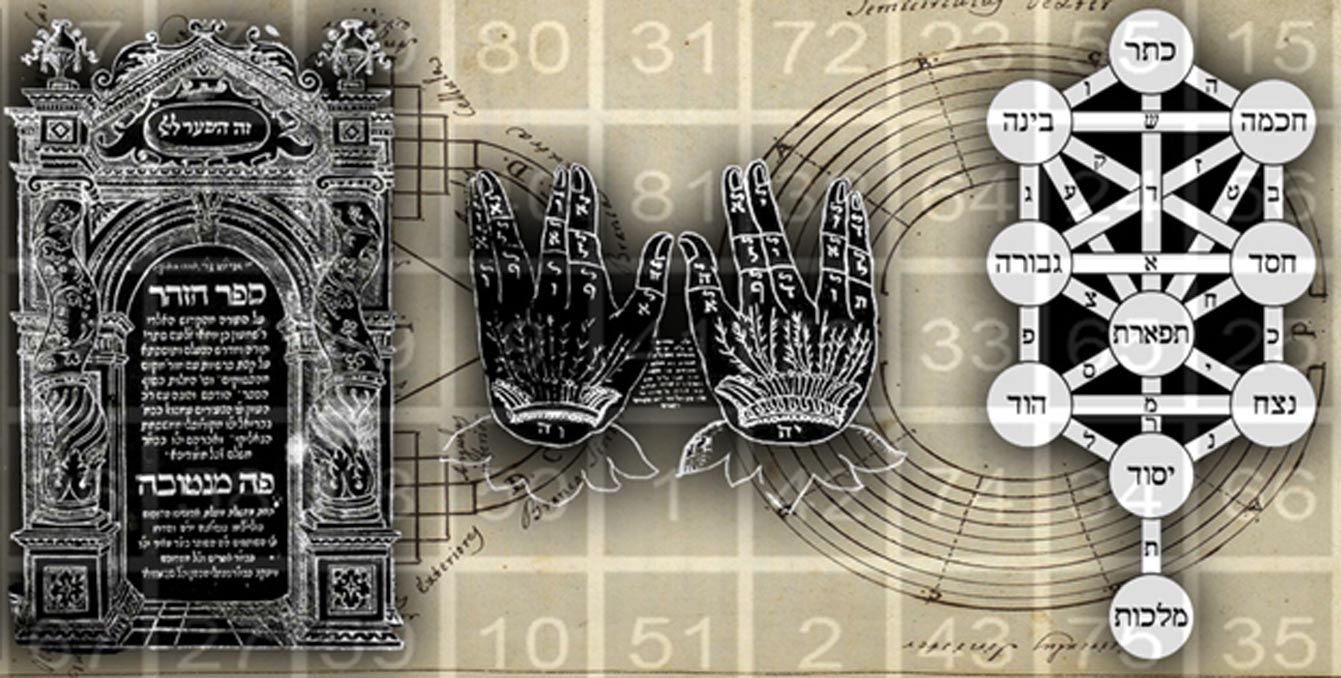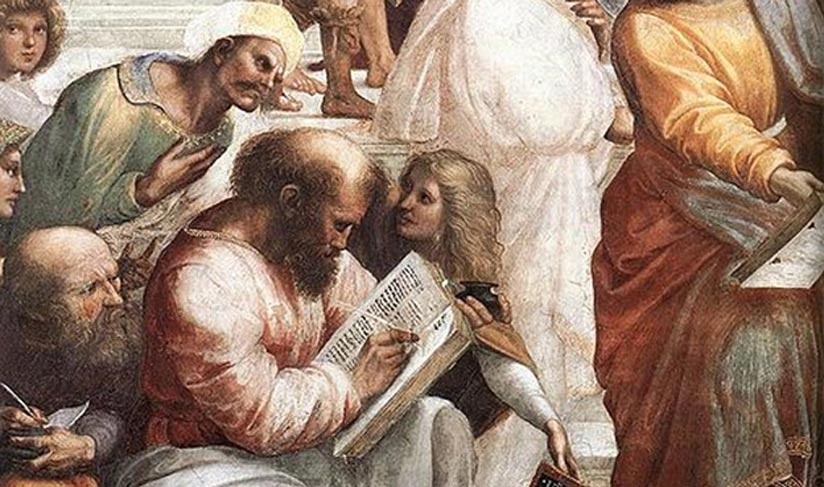
Gematria: Esoteric Numerology Based on the Hebrew Kabbalah
Having long been fascinated with the mysterious power of numbers, enough to write two books on the topic, we often sidestepped the subject of numerology because of its lack of a true scientific basis. Yet ancient and esoteric traditions looked at numerology as not only a tool for divination, but a method of acquiring knowledge beyond that of the five senses, even as a path to know the divine itself.
W.E.B. DuBois once stated, “When you have mastered numbers, you will in fact no longer be reading numbers, any more than you read words when reading books. You will be reading meanings.” There are various systems of numerology that examine number associations with names, dates, and locations and then serve to interpret meaning behind them, usually in conjunction with predicting the future or in charting someone’s destiny.
Numerology evolved over time by also absorbing influences of Christian mysticism, Gnosticism, the Vedas, and eastern esotericism, yet is said to have its roots in Pythagorean mathematics. Pythagoras was an ancient Greek philosopher and mathematician (570 to 490 BCE) who became known as the grandfather of mathematics.

Detail of Pythagoras writing from ‘The School of Athens.’ By Raphael. (Public Domain)
Gematria, an Ancient Mystical Tradition
One of the oldest numerological traditions, and indeed one of the oldest references to numerology itself, comes from the Hebrew Kabbalah. Known as “Gematria,” this mystical tradition has its roots in Assyrian and Babylonian numerological systems, as well as later Greek influences. But it was the Hebrew culture that gave the practice of assigning numerical values to a word or a phrase its depth. Gematria is mainly associated with the Hebrew language, and sometimes Aramaic, but there exists Gematria using Arabic, Spanish and Greek languages as well.

Floor inlay depicting Hermes Mercurius Trismegistus – the combination of the Greek god Hermes and the Egyptian god Thoth, gods of writing and of magic in their respective cultures. Circa 1480s. (Public Domain)
Its use dates as far back as the Tannaic, or Mishnaic, period of 10 – 220 CE, although, the use of Gematria in other, older traditions could date back to the Assyrian culture between 727-705 BC, when the ruler Sargon II was said to have built the wall of Khorsabad, the Assyrian capital, exactly 16,283 cubits in length, which corresponded to the numerical value of his name.






